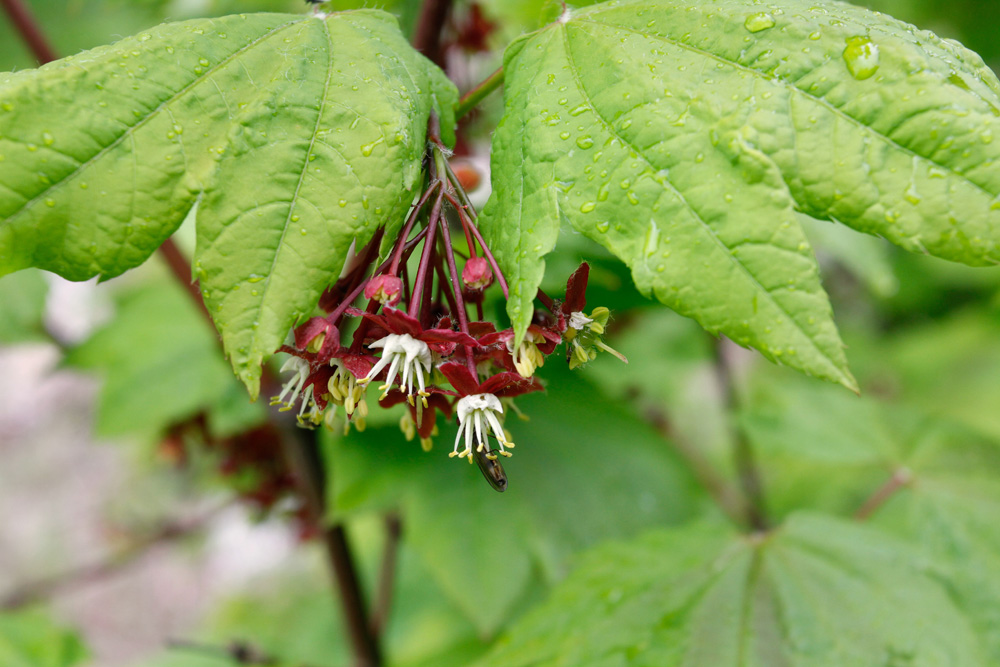Acer circinatum
Common Name:
Vine maple

General information:
As bonsai, the vine maple is in its infancy. Like many other species, the vine maple has its pros and cons. Proponents of the vine maple love the shape and autumn color of the leaves. Other advantages of the vine maple are its availability, low cost and longevity. It will bud back readily, and the leaves will reduce to one inch. However, new growth on the vine maple tends to be leggy, which means that constant pruning to avoid long internodes is a must. Difficulty in increasing the trunk diameter of vine maple has also been reported.
Lighting:
In general, maples are subject to leaf burn, and prefer at least partial shade.
Temperature:
Vine maple show less cold hardiness than many other maples. Although vine maple survival at -30F has been reported, it is probably better to stick with the safe recommendation of never below -10.
Watering:
Moderate. Reduce watering in winter, but keep soil evenly moist. Feeding: Every two weeks in summer, using a standard bonsai food or half- strength plant food. Time-released pellets are also an option.
Pruning and wiring:
Pinch back new growth after two pairs of leaves have appeared.
Propagation:
From seed, softwood cuttings or air-layering.
Repotting:
Every 2-3 years. Repot in spring, before bud burst, in bonsai soil slightly rich in organic material.
Bibliography:
Herb Gustafson “Bonsai Workshop,” and “Miniature Bonsai.”
Compiled by Sabrina Caine
